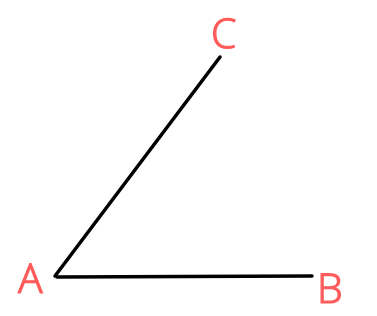4.2 Reading two seminal papers
4.2.1 The Strength of Weak Ties by Granovetter (1973)
Please read the following articles carefully by yourself before reading my notes.
Granovetter, M. S. (1973). The strength of weak ties. American journal of sociology, 78(6), 1360-1380.
This is a highly influential paper: more than 58K as of Nov. 2020.
Overlap in friendship circles: Suppose there are two individuals, A & B, and a group of people, S = C, D, E. The stronger the tie between A and B, the more people in Group S will be tied to both A and B.
If there is a strong tie between and , and between and . It’s very likely that and also are friends, because
- A common contact will bring and into interaction;
- The stronger the tie, the more similar are individuals to each other. is similar to , and is similar to , and thus is similar to , making it more likely for them to be friends; and
- If and are aware of each other but are not friends, they might have a “psychological strain” since their feelings are not consistent with .
Therefore, this tried in Figure 4.4 is very unlikely to occur:

FIGURE 4.4: An impossible tried, adapted from Fig.1 of Granovetter (1973)
A bridge is a link connecting two otherwise disconnected groups. “No strong tie is a bridge.” All bridges are weak ties.
A local bridge of : if this bridge does not exist, what is the shortest path between these two points?
No strong tie is a local bridge.
Whatever is is to be diffused can reach a larger number of people if passed through weak rather than strong ties2.
People are more likely to find jobs through weak ties rather than strong.
4.2.2 Watts-Strogatz model of small world
Please read the following paper:
Watts, D. J., & Strogatz, S. H. (1998). Collective dynamics of ‘small-world’networks. Nature, 393(6684), 440-442.
It’s another canonical study in the field of network science, also highly influential.
Here is an amazing tutorial & practice to understand WS model. And here is another one I found.
Centola and Macy (2007) advanced this idea by distinguishing between complex contagions and simple contagions like an epidemic. They argued that the strength of weak ties should not be simply generalized to complex contagions, which require affirmation from multiple sources. Therefore, not only the length, but also, and maybe more importantly, the width of the ties influences complex contagions.↩︎